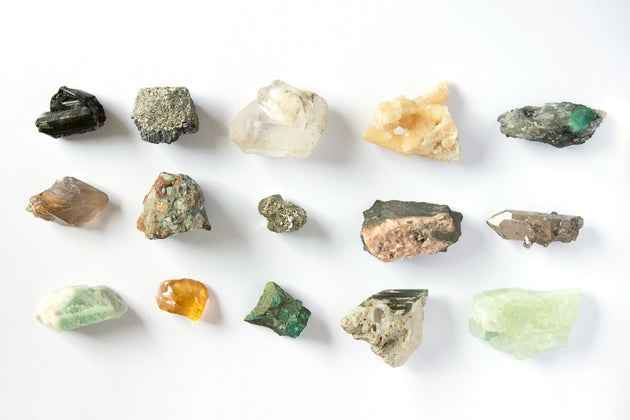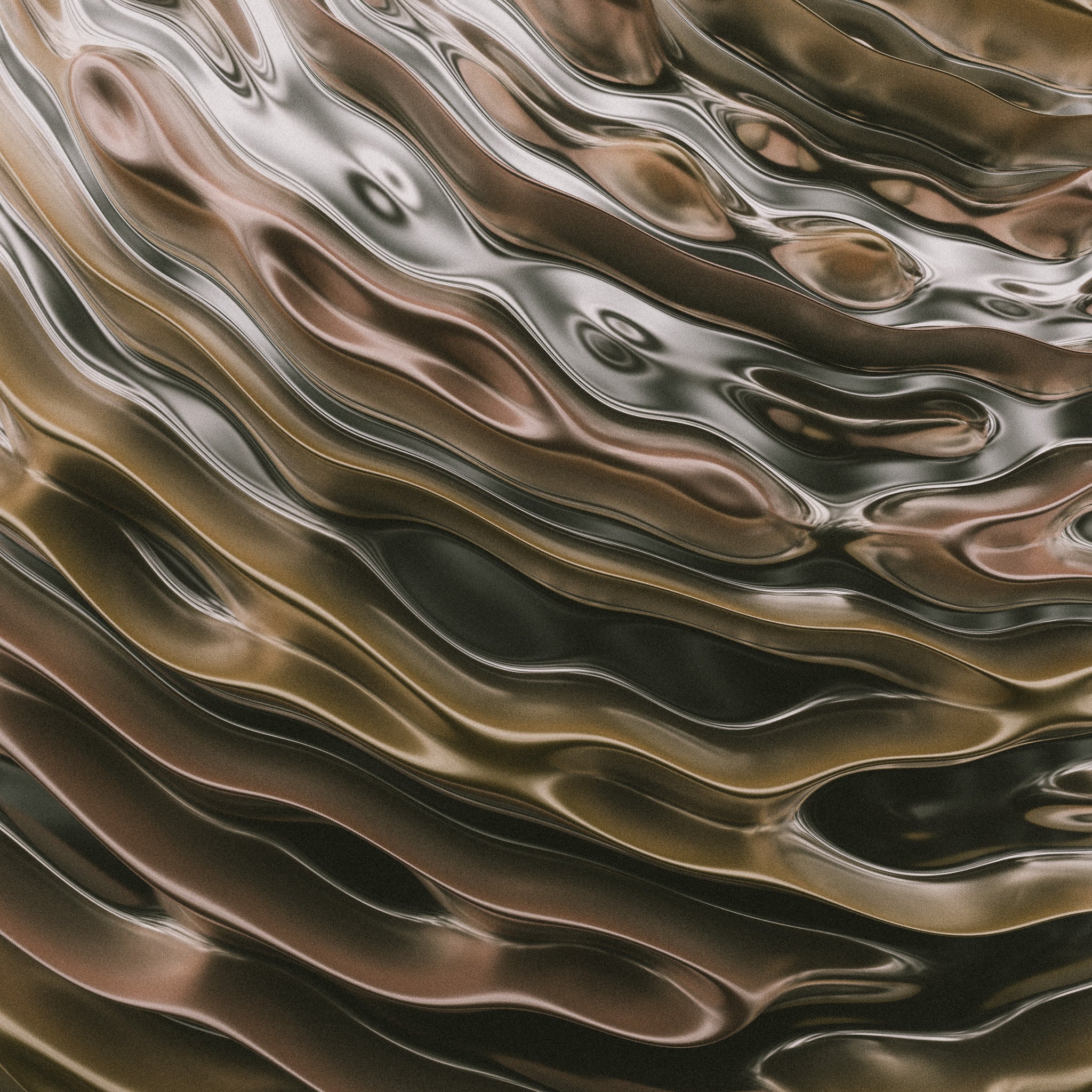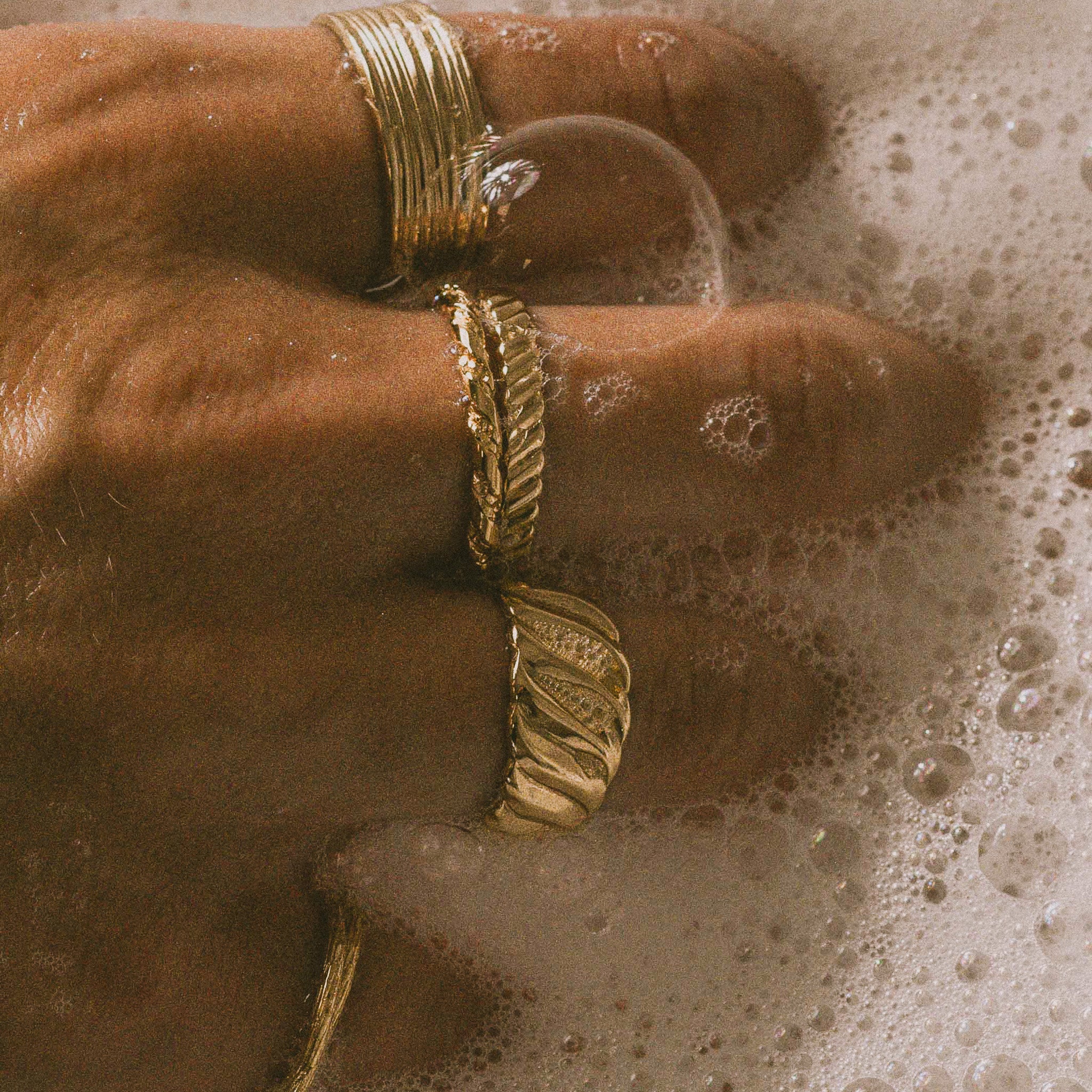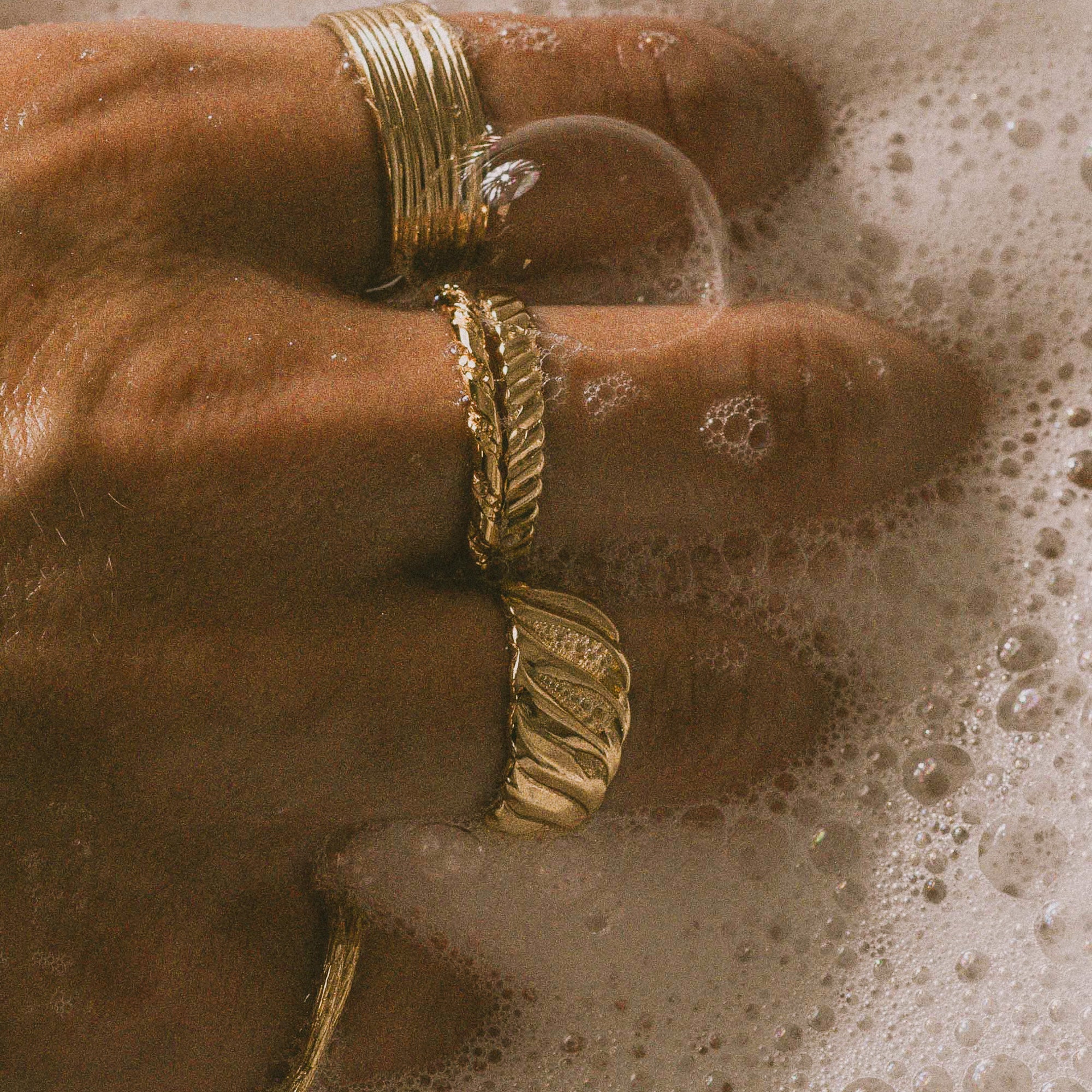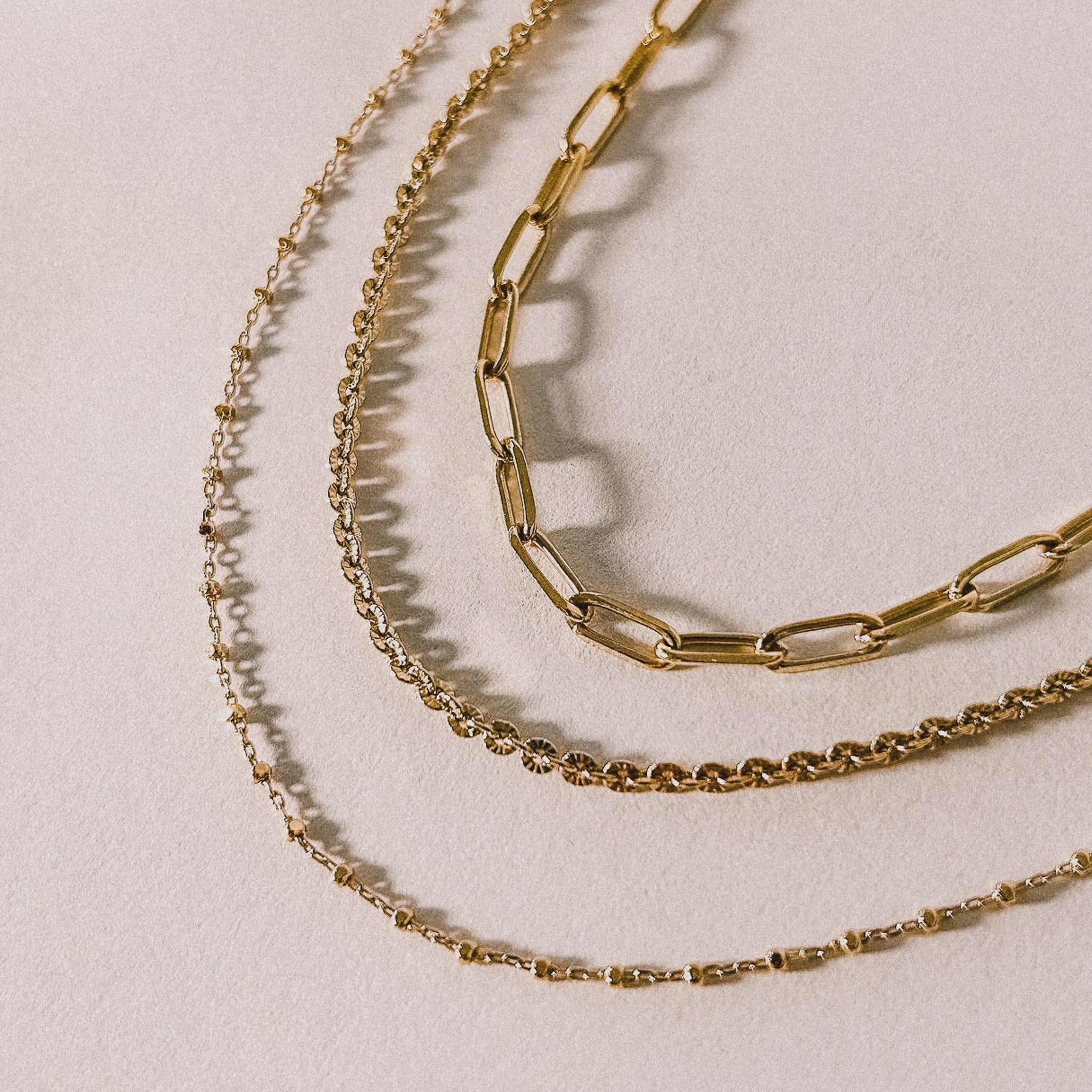Silver jewelry has a unique lustre that captures the eye. However, silver, like all precious metals, requires special care to maintain its luster and avoid the tarnishing that can occur over time. Whether your silver coins are family heirlooms, precious gifts, or simply finds you treasure, learning how to clean them properly is essential to maintaining their beauty over time. This article will guide you through the best practices for cleaning your silver jewelry, providing tips and techniques for keeping them shiny.
Why does silver tarnish?
Silver is a precious metal prized for its shine and brilliance, but it also has the particularity of tarnishing over time. This phenomenon, far from being a sign of deterioration, is in fact a natural chemical reaction that can easily be managed with proper care. Understanding why silver tarnishes is essential to adopting the right cleaning and conservation practices.
A natural chemical reaction
The main culprit in silver tarnishing is the chemical reaction between silver and sulfur in the air, producing silver sulfide. This reaction is accelerated by the presence of moisture, but even ambient air contains enough sulfur to cause tarnishing over time. Areas with high levels of pollution or close to sources of sulfur, such as kitchens where natural gas is used for cooking, can see their silver items tarnish more quickly.
Accelerating factors
Several factors can accelerate the tarnishing process.
Humidity
Humid environments favor the chemical reaction between silver and sulfur.
Chemical products
Exposure to everyday chemicals, such as perfume, lotion or even sweat, which contains acids and sulfides, can accelerate tarnishing.
Foodstuffs
Certain foods, such as eggs or onions, contain high levels of sulfur and can tarnish silver if they come into direct contact.
Other materials
Other materials can have an impact on the tarnishing of your jewelry. Rubber, for example, contains sulfur, so storage or direct contact of silver with rubber materials can cause rapid tarnishing.
Preventing tarnish
Although tarnishing is inevitable, understanding its causes enables you to adopt effective preventive measures. Keeping silver jewelry clean and dry, avoiding contact with chemical substances and sulfur-rich foods, and storing it properly can considerably slow the tarnishing process.
In summary, tarnishing silver is a natural but controllable chemical reaction. With the right knowledge and care, your silver jewelry can retain its lustre and beauty for many years to come. The following section will guide you through the pre-cleaning preparation steps to ensure that you treat your silver jewelry in the safest and most effective way possible.
Preparation before cleaning
Before you dive into cleaning your silver jewelry, careful preparation is essential to ensure a safe and effective process. This preliminary step not only prevents damage to your precious pieces, but also optimizes the cleaning results. Here's how to prepare properly.
Identify the type of silver
The first step is to determine the type of silver your jewelry is made of. Sterling silver, for example, is composed of 92.5% silver and 7.5% other metals, usually copper, making it durable but prone to tarnishing. Other types, such as fine silver, contain higher levels of pure silver and may require different care. Check the hallmarks or specific marks on your jewelry, such as ".925" for sterling silver, to ascertain the type of silver and adapt your cleaning method accordingly.
Gather the necessary supplies
Once you've identified the type of silver, gather the supplies you need for a gentle but effective cleaning. Here's a basic list:
Warm water
Prepare a bowl of lukewarm water to help dissolve residues and facilitate cleaning.
Mild soap
Choose a mild soap, without harsh fragrances or dyes, to avoid damaging the silver.
Soft cloth
A soft cloth or non-abrasive sponge is ideal for applying the cleaning solution without scratching the jewelry.
Soft-bristled toothbrush
Useful for cleaning delicate details and hard-to-reach nooks and crannies without causing damage.
Silver polishing cloth
A cloth specially designed for silver will help polish your jewelry after cleaning, restoring its shine.
Check set stones
If your silver jewelry features precious or semi-precious stones, inspect them to make sure they are securely set. Cleaning can sometimes shake or loosen already fragile stones. In this case, it may be best to entrust cleaning to a professional to avoid losing stones in the process.
Create a suitable workspace
Prepare a clean, organized work area, preferably on a soft surface to avoid scratching your jewelry. A cloth towel or microfiber mat can serve as a protective underlay.
With the right preparation, you're now ready to clean your silver jewelry safely and effectively. By following these initial steps, you can approach cleaning with confidence, knowing that your precious jewelry is being treated with the care and attention it deserves.
Silver cleaning methods
Once you've correctly identified your silver jewelry and gathered the necessary supplies, it's time to move on to the actual cleaning. Here are various methods suitable for silver care, ranging from gentle cleaning for daily maintenance to more targeted techniques for removing tarnish and restoring the shine of your pieces.
-
Soapy solution
For regular cleaning, mix lukewarm water with a few drops of mild soap. Dip a soft cloth or soft-bristled toothbrush into the solution, then gently clean silver jewelry, paying particular attention to crevices and delicate details. Rinse with lukewarm water and dry carefully with a soft cloth to avoid water spots.
01 -
Baking soda and water
For slightly tarnished silver jewelry, create a paste of baking soda and water. Apply this paste to the jewelry with a soft cloth, rub gently, then rinse and dry. This method is effective for removing tarnish without being too abrasive for the silver.
02 -
Aluminum foil and baking soda
For a thorough cleaning, line a bowl with aluminum foil, shiny side up. Place the jewels on the foil, sprinkle with baking soda, then pour in hot water. The chemical reaction between the aluminum foil, baking soda and water will help eliminate tarnish. After a few minutes, remove the jewelry, rinse and dry thoroughly.
03
When your silver jewelry is set with stones, special care is needed. Avoid immersing the jewelry completely in cleaning solutions, as water can penetrate under the stones and affect the setting. Clean around the stones with a soft-bristled toothbrush moistened with soapy solution, then dry thoroughly.
Polishing and preserving silver lustre
After cleaning, gentle polishing with a silver-specific cloth can help restore your jewelry's original brilliance. Rub silver pieces with light circular movements to polish the surface without scratching the metal.
To prevent future tarnishing, store your silver jewelry in a cool, dry place, away from direct exposure to air and moisture. Anti-tarnish bags or storage boxes lined with special fabric can offer additional protection.
By adopting these silver-cleaning methods, you can not only revive the brilliance of your jewelry, but also prolong its life. Regular, careful care ensures that your silver treasures remain as resplendent as the memories they symbolize.


